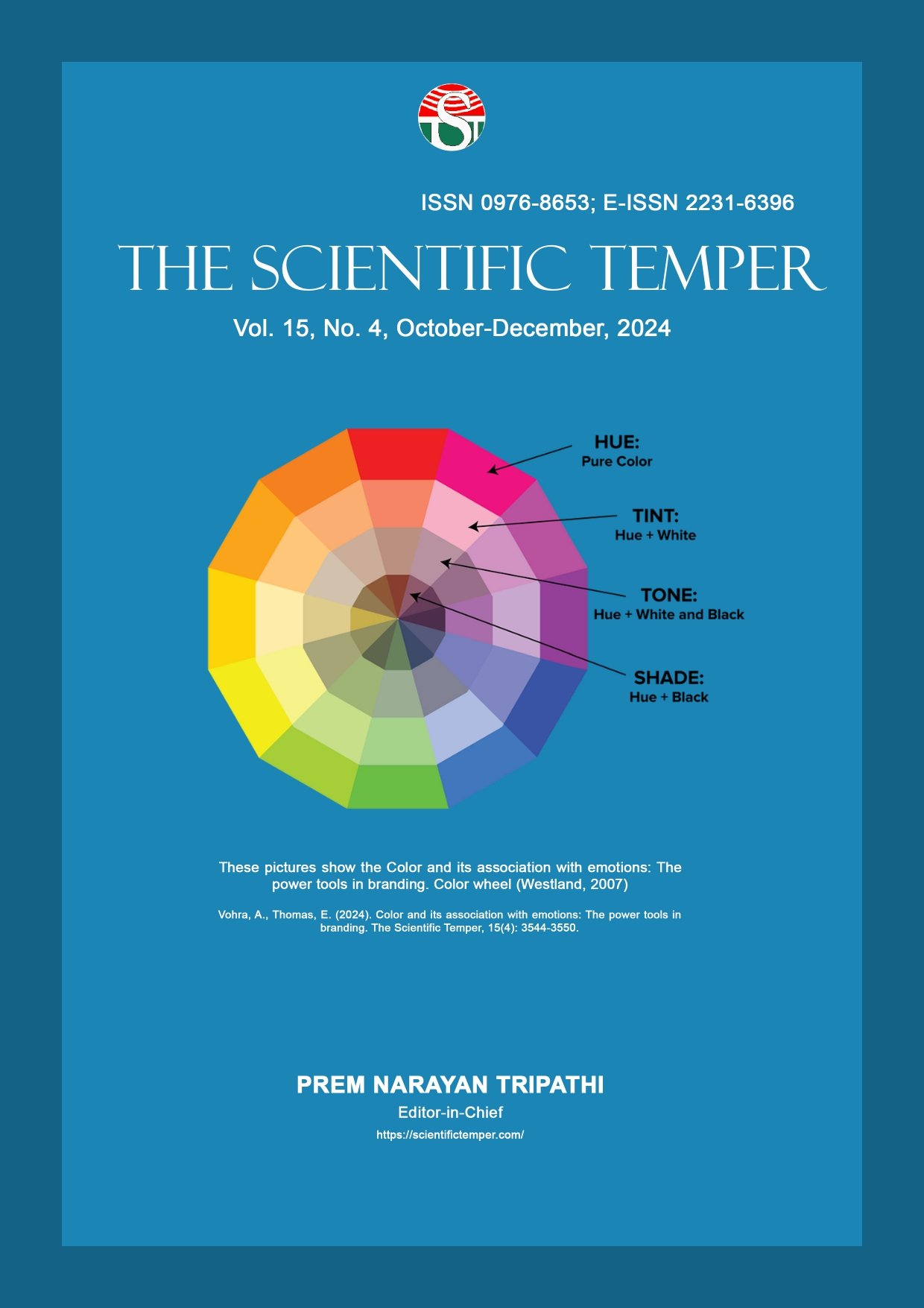Automated machine learning and neural architecture optimization
Downloads
Published
DOI:
https://doi.org/10.58414/SCIENTIFICTEMPER.2023.14.4.42Keywords:
Automated machine learning, Neural architecture optimization, Classifier accuracy, Model selection, Learning curves.Dimensions Badge
Issue
Section
License
Copyright (c) 2023 The Scientific Temper

This work is licensed under a Creative Commons Attribution-NonCommercial-ShareAlike 4.0 International License.
Automated machine learning (AutoML) and neural architecture optimization (NAO) represent pivotal components in the landscape of machine learning and artificial intelligence. This paper extensively explores these domains, aiming to delineate their significance, methodologies, cutting-edge techniques, challenges, and emerging trends. AutoML streamlines and democratizes machine learning by automating intricate procedures, such as algorithm selection and hyperparameter tuning. Conversely, NAO automates the design of neural network architectures, a critical aspect for optimizing deep learning model performance. Both domains have made substantial advancements, significantly impacting research, industry practices, and societal applications. Through a series of experiments, classifier accuracy, NAO model selection based on hidden unit count, and learning curve analysis were investigated. The results underscored the efficacy of machine learning models, the substantial impact of architectural choices on test accuracy, and the significance of selecting an optimal number of training epochs for model convergence. These findings offer valuable insights into the potential and limitations of AutoML and NAO, emphasizing the transformative potential of automation and optimization within the machine learning field. Additionally, this study highlights the imperative for further research to explore synergies between AutoML and NAO, aiming to bridge the gap between model selection, architecture design, and hyperparameter tuning. Such endeavors hold promise in opening new frontiers in automated machine learning methodologies.Abstract
How to Cite
Downloads
Similar Articles
- Olivia C. Gold, Jayasimman Lawrence, Ensemble of CatBoost and neural networks with hybrid feature selection for enhanced heart disease prediction , The Scientific Temper: Vol. 15 No. 04 (2024): The Scientific Temper
- Ravikiran K, Neerav Nishant, M Sreedhar, N.Kavitha, Mathur N Kathiravan, Geetha A, Deep learning methods and integrated digital image processing techniques for detecting and evaluating wheat stripe rust disease , The Scientific Temper: Vol. 14 No. 03 (2023): The Scientific Temper
- V Vijayaraj, M. Balamurugan, Monisha Oberai, Machine learning approaches to identify the data types in big data environment: An overview , The Scientific Temper: Vol. 14 No. 03 (2023): The Scientific Temper
- M. A. Shanti, Optimizing predictive accuracy: A comparative study of feature selection strategies in the healthcare domain , The Scientific Temper: Vol. 15 No. spl-1 (2024): The Scientific Temper
- S. Vanaja, Hari Ganesh S, Application of data mining and machine learning approaches in the prediction of heart disease – A literature survey , The Scientific Temper: Vol. 15 No. spl-1 (2024): The Scientific Temper
- Nisha Patil, Archana Bhise, Rajesh K. Tiwari, Fusion deep learning with pre-post harvest quality management of grapes within the realm of supply chain management , The Scientific Temper: Vol. 15 No. 01 (2024): The Scientific Temper
- P. Vinnarasi, K. Menaka, Advanced hybrid feature selection techniques for analyzing the relationship between 25-OHD and TSH , The Scientific Temper: Vol. 16 No. 01 (2025): The Scientific Temper
- Shaik Khaleel Ahamed, Neerav Nishant, Ayyakkannu Selvaraj, Nisarg Gandhewar, Srithar A, K.K.Baseer, Investigating privacy-preserving machine learning for healthcare data sharing through federated learning , The Scientific Temper: Vol. 14 No. 04 (2023): The Scientific Temper
- Nithya R, Kokilavani T, Joseph Charles P, Multi-objective nature inspired hybrid optimization algorithm to improve prediction accuracy on imbalance medical datasets , The Scientific Temper: Vol. 15 No. 03 (2024): The Scientific Temper
- Temesgen A. Asfaw, Batch size impact on enset leaf disease detection , The Scientific Temper: Vol. 15 No. 01 (2024): The Scientific Temper
<< < 1 2 3 4 5 6 7 8 9 10 > >>
You may also start an advanced similarity search for this article.
Most read articles by the same author(s)
- Jayaganesh Jagannathan, Dr. Agrawal Rajesh K, Dr. Neelam Labhade-Kumar, Ravi Rastogi, Manu Vasudevan Unni, K. K. Baseer, Developing interpretable models and techniques for explainable AI in decision-making , The Scientific Temper: Vol. 14 No. 04 (2023): The Scientific Temper
- Abhishek Pandey, V Ramesh, Puneet Mittal, Suruthi, Muniyandy Elangovan, G.Deepa, Exploring advancements in deep learning for natural language processing tasks , The Scientific Temper: Vol. 14 No. 04 (2023): The Scientific Temper
- Balaji V, Purnendu Bikash Acharjee, Muniyandy Elangovan, Gauri Kalnoor, Ravi Rastogi, Vishnu Patidar, Developing a semantic framework for categorizing IoT agriculture sensor data: A machine learning and web semantics approach , The Scientific Temper: Vol. 14 No. 04 (2023): The Scientific Temper



